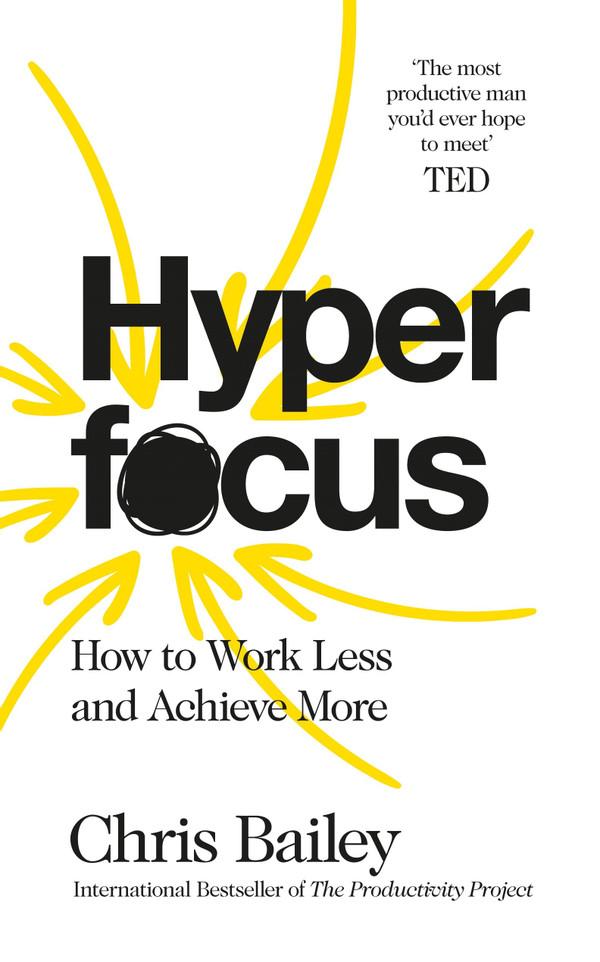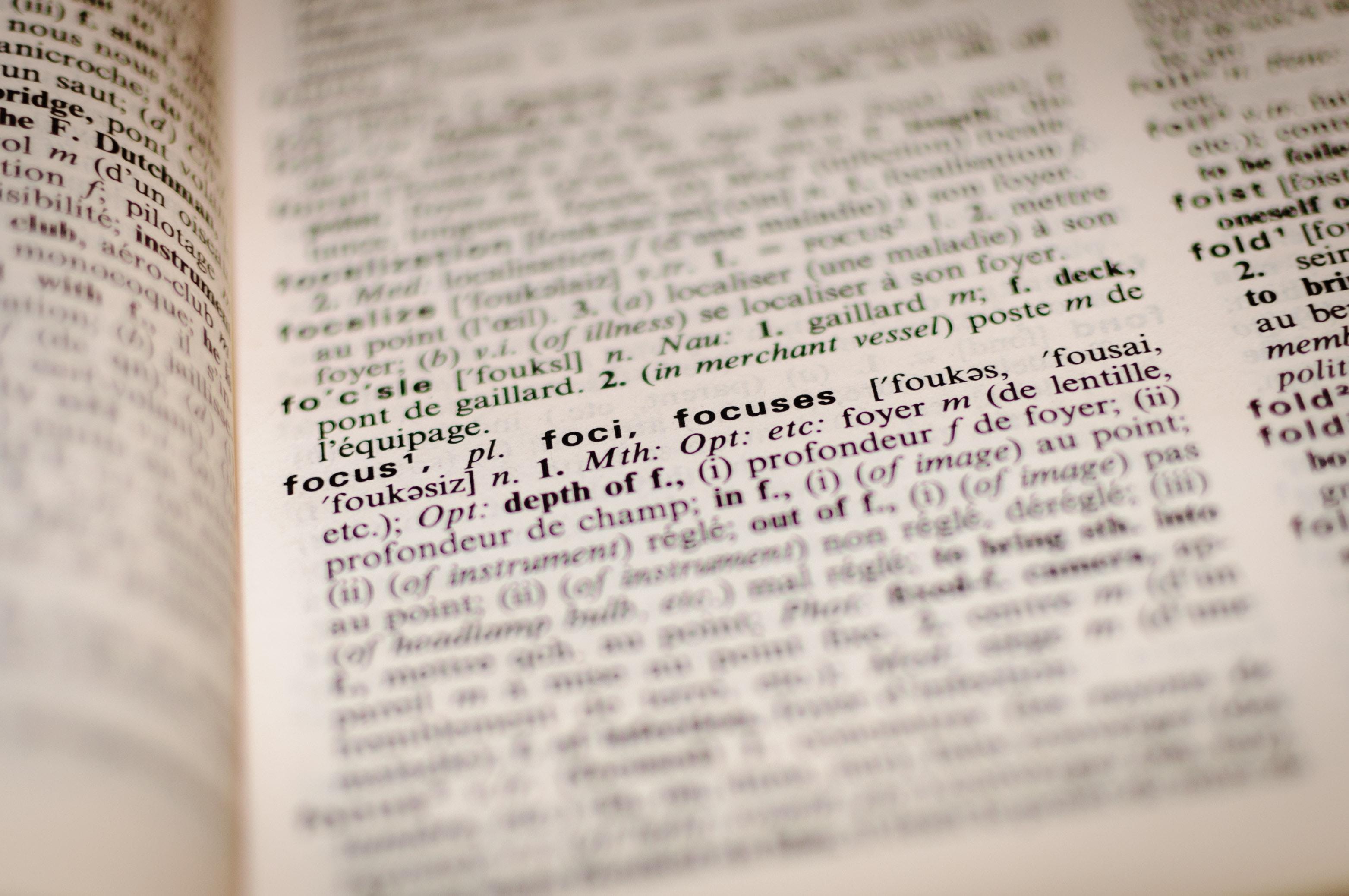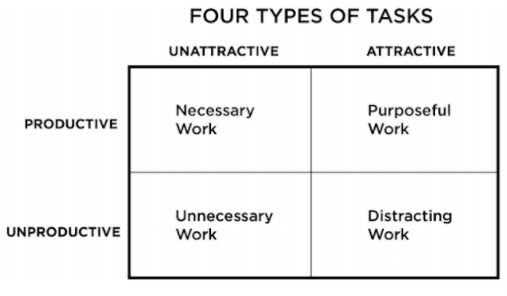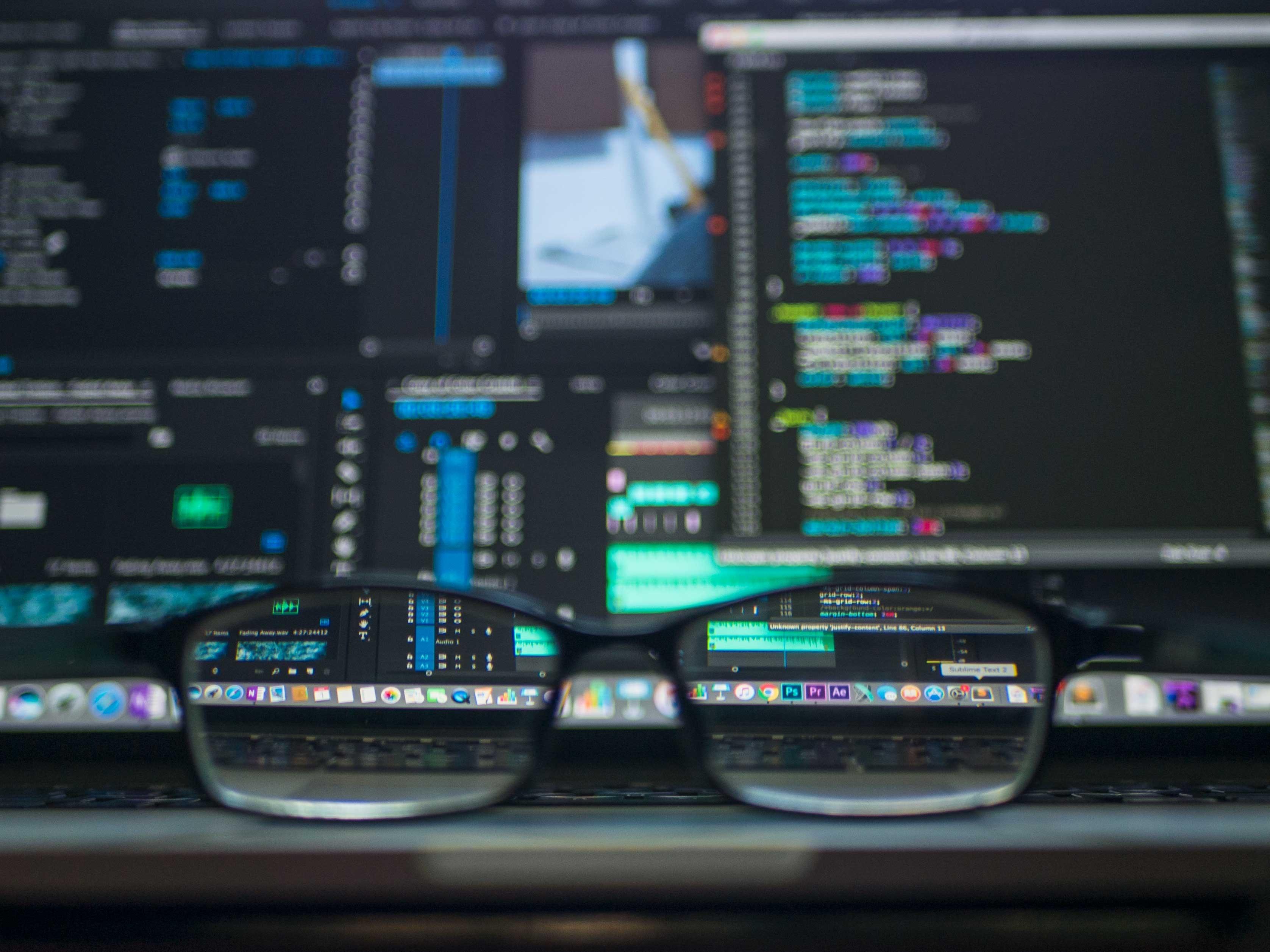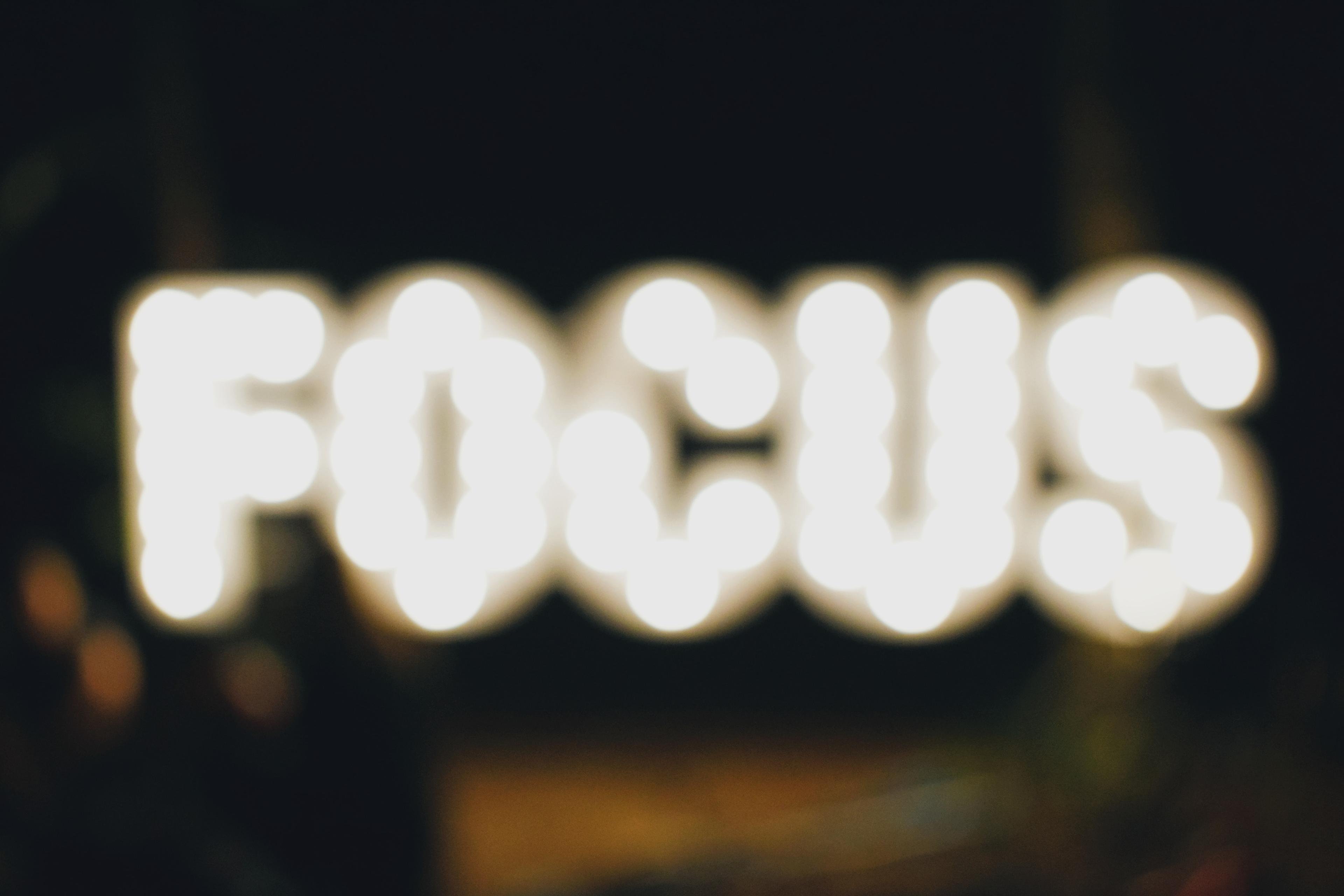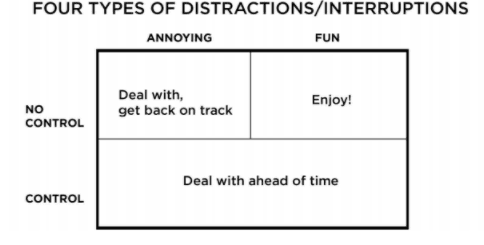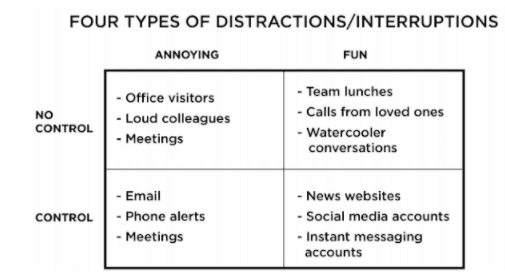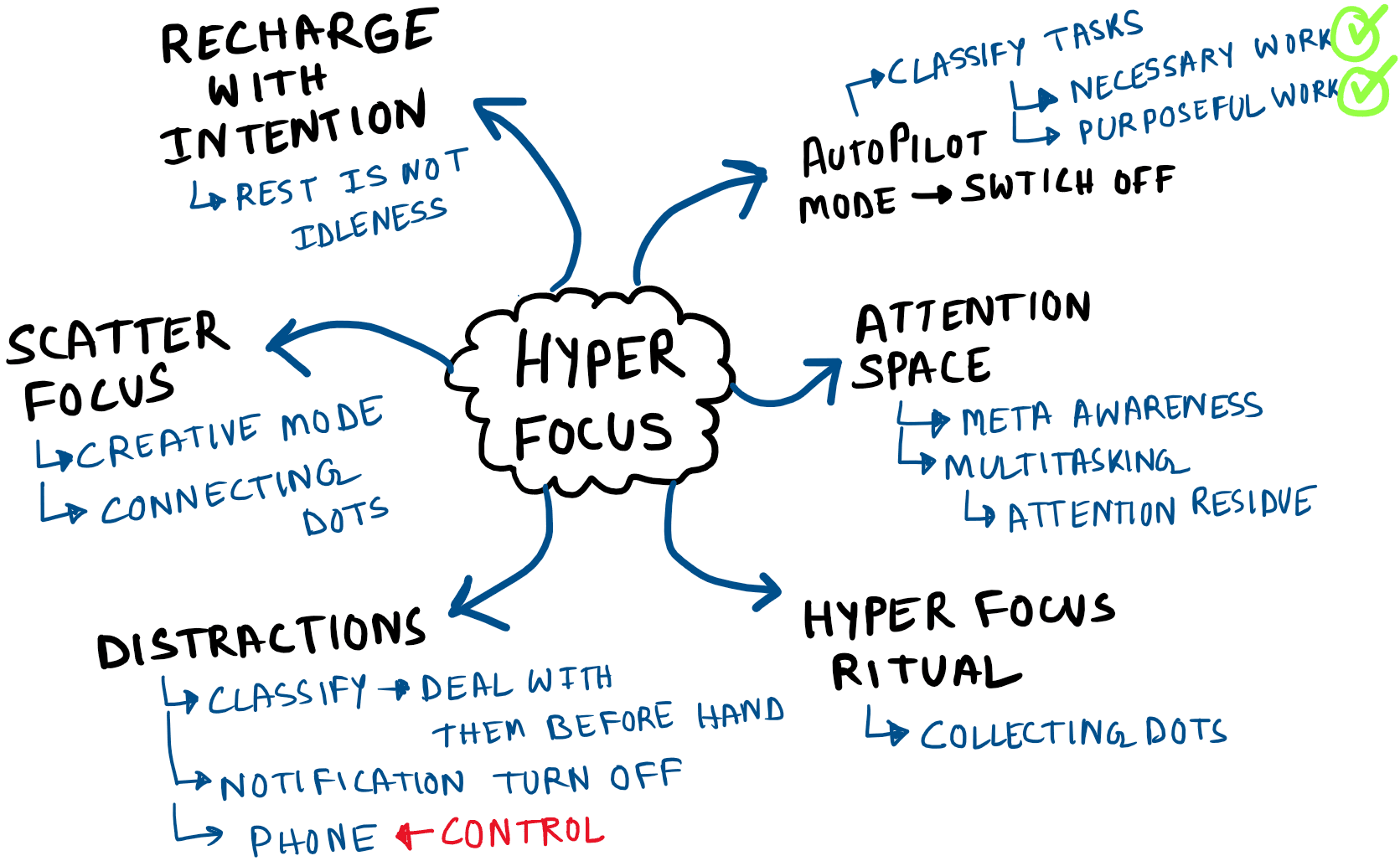Explore the World's Best Ideas
Join today and uncover 100+ curated journeys from 50+ topics. Unlock access to our mobile app with extensive features.
Why Focus Matters
Studies show we can work for an average of just forty seconds in front of a computer before we’re either distracted or interrupted. (Needless to say, we do our best work when we attend to a task for a lot longer than forty seconds.)
We all are distracted by something else all the time. Being busy and being productive are two different things. The first thing lacks focus, which makes the work productive.
2.13K
17.4K reads
Switching Off The Autopilot Mode
As many as 40 % of our actions are habits, which shouldn’t require conscious deliberation. That is autopilot mode. We can't manage our attention in autopilot mode.
To swith off autopilot mode -
- Just keep a plan what to do, when to do, and how much time will take to do.
- Catagorise all of your tasks in the above 4 types.
A perfectly productive person would focus on only the top two quadrants of the above chart. More time on purpose full work, less time on necessary work.
2.39K
13.6K reads
Limits Of Your Attention
Our brain receives 11 million “bits” of information in the form of sensory experiences each second. But how many of these eleven million bits can our minds consciously process and focus on at once? Just forty of them. Not forty million or forty thousand, but forty.
Our attention space is like the RAM of any computer device.
Meta-awareness: Becoming aware of what you’re thinking about. It will help to clear our RAM to boost our productivity.
2.17K
10.3K reads
Multitasking
WHEN WE CAN MULTITASK
- A few small habitual tasks. - listing music and running or cleaning home etc.
- A task that needs most of our focus, as well as, a habitual task. - listening to a podcast or audiobook while doing maintenance tasks, or playing a simple, repetitive video game on a phone while listening to an audiobook.
Except these we should never try to multitask. Then we only switch task rapidly which creates attention residue, for that it takes 50% more time for the next task.
2.15K
9.72K reads
Hyper Focus Ritual
To hyperfocus,
- Choose a productive or meaningful object of attention;
- Eliminate as many external and internal distractions as you can;
- Set a timer
- Focus on that chosen object of attention;
- Continually draw your focus back to that one object of attention.
When we should hyperfocus -
- Whenever we can
- Around the constraints of our work.
- When we need to work on a complex task.
2.31K
9.46K reads
Taming Distractions
To reduce distractions —
- Take stock of the distractions around you. Make a list.
- Distance yourself
- Introduce more productive cues into your environment.
2.12K
10.7K reads
Scatter Focus
Scatter Focus: Our Brains Hidden Creative Mode
Different style of scatter focus
- Capture mode: Letting your mind roam freely and capturing whatever comes up.
- Problem-crunching mode: Holding a problem loosely in your mind and letting your thoughts wander around it.
- Habitual mode: Engaging in a simple task and capturing the valuable ideas and plans that rise to the surface while doing it. Research has found this mode is the most powerful.
2.18K
7.5K reads
Recharging With Intention
Here are a few other break activities that may help
- Going on a nature walk.
- Running outside or visiting the gym at work (if your company has one) or offsite
- Meditating (especially if your office has a relaxation room)
- Reading something fun and not work-related
- Listening to music, a podcast, or an audiobook
- Spending time with coworkers or friends
- Investing time in a creative hobby like painting, woodworking, or photography
2.18K
6.93K reads
Collecting Dots
As a rule, we should
- consume more useful information, especially when we have the energy to process something denser;
- consume balanced information when we have less energy;
- consume entertaining information with intention or when we’re running low on energy and need to recharge; and
- consume less trashy information.
2.12K
7.23K reads
Connecting Dots
To connect dots more easily —
- Scatter your attention in a richer environment. — You can also use cues to capture everything you need to get done.
- Write out the problems you’re trying to crack.
- Sleep on a problem.
- Step back.
- Intentionally leave tasks unfinished.
- Consume more valuable dots.
2.06K
6.93K reads
2.1K
9.38K reads
IDEAS CURATED BY
A learner who loves to share wisdom on personal growth, happiness, and success on Deepstash. Topics include motivation, habits, goals, and mindset. Believes that everyone can achieve their dreams with the right attitude and action.
Curious about different takes? Check out our Hyperfocus: How to Work Less to Achieve More Summary book page to explore multiple unique summaries written by Deepstash users.
Suman Saha's ideas are part of this journey:
Learn more about books with this collection
How to make rational decisions
The role of biases in decision-making
The impact of social norms on decision-making
Related collections
Different Perspectives Curated by Others from Hyperfocus: How to Work Less to Achieve More
Curious about different takes? Check out our book page to explore multiple unique summaries written by Deepstash curators:
1 idea
Ivan Falah's Key Ideas from Hyperfocus
Chris Bailey
2 ideas
Jean Didier's Key Ideas from Hyperfocus
Chris Bailey
2 ideas
Asif lone's Key Ideas from Hyperfocus
Chris Bailey
Discover Key Ideas from Books on Similar Topics
Read & Learn
20x Faster
without
deepstash
with
deepstash
with
deepstash
Personalized microlearning
—
100+ Learning Journeys
—
Access to 200,000+ ideas
—
Access to the mobile app
—
Unlimited idea saving
—
—
Unlimited history
—
—
Unlimited listening to ideas
—
—
Downloading & offline access
—
—
Supercharge your mind with one idea per day
Enter your email and spend 1 minute every day to learn something new.
I agree to receive email updates
